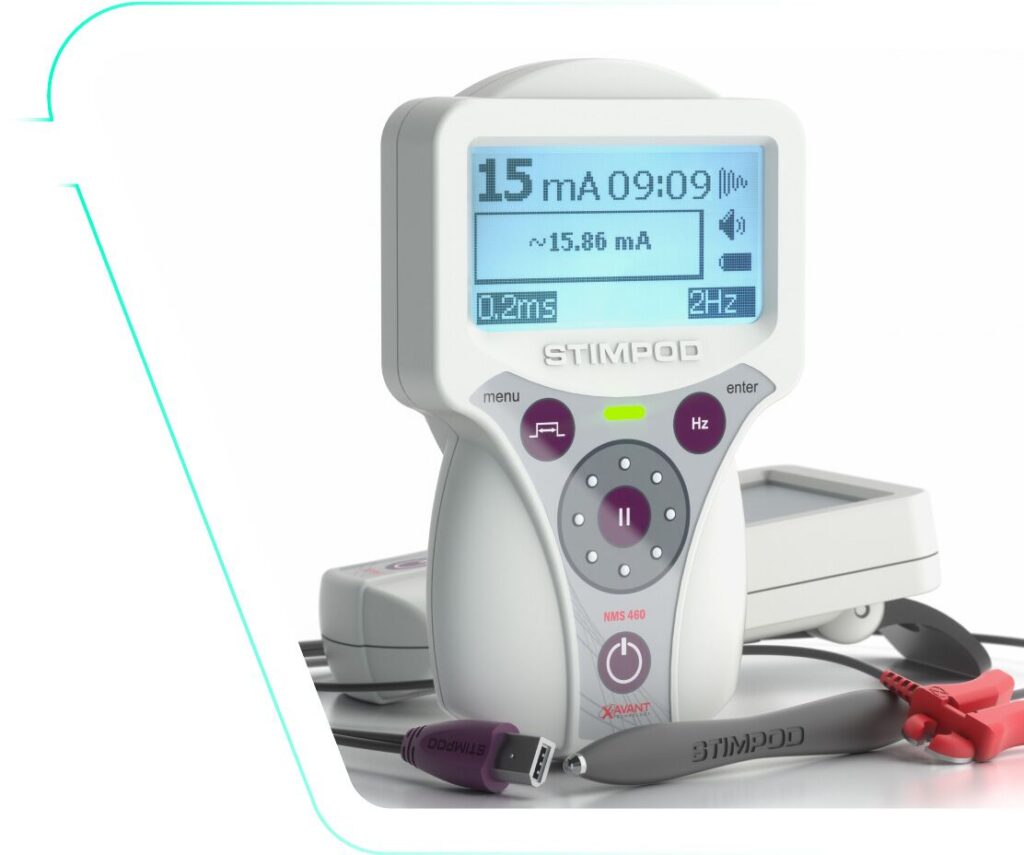
Enhancing Your Chiropractic Technique with Adjunctive PRF Therapy
If you are a chiropractor who is looking for ways to enhance your adjustments and provide better results for your patients, you may want to consider introducing PRF therapy to your practice as an adjunctive solution. PRF, or pulsed radiofrequency, is commonly used to help speed up the healing process of patients with chronic pain or neuropathic conditions, by restoring their natural nerve functionality. In addition, this therapy can also be an early-onset rehabilitation solution for sport and other motor injuries, offering significant improvement to muscle spasms and mobility. This article will explain how PRF therapy works and how it can be used in conjunction with your chiropractic care.
1. What Is Transcutaneous Pulsed Radiofrequency Therapy (tPRF)?
When pulsed radiofrequency waves are applied to the skin (usually with a transcutaneous, non-invasive probe), they can help stimulate healing and reduce pain. The oscillating electromagnetic field of tPRF travels from the skin, propagates efficiently along the neuropathic nerve, and reaches the nucleus of a nerve, where the source of the disease is located. The biochemical cascade elicited by tPRF therapies affects the metabolic activity of a neuropathic nerve resulting in changes to the characteristics of the nerve for optimal recovery and normal functionality. It is also demonstrated that tPRF works by stimulating the release of healing substances, such as cytokines and growth factors, from cells in the body. These substances are known to help repairing damaged tissue and reducing inflammation.

One of the advantages of tPRF is that it is non-invasive and does not require the use of drugs or surgery. It is an emerging treatment modality, delivered through non-invasive probes on the skin surfaces, and elicits light sensations. tPRF has been shown to be effective in treating a variety of conditions, including neck pain, back pain, and joint pain: in fact, it generates long-lasting, immediate, and notable pain relief in various chronic, intractable conditions. Additionally, tPRF has no side effects and is generally well-tolerated by patients.
Read more about this at:
- Nabi et al. (2015) – Comparison of Transcutaneous Electrical Nerve Stimulation and Pulsed Radiofrequency Sympathectomy for Treating Painful Diabetic Neuropathy.
- Albayrak et al. (2017) – Efficacy of Pulsed Radiofrequency Therapy to Dorsal Root Ganglion Adding to TENS and Exercise for Persistent Pain after Total Knee Arthroplasty.
- Lin et al. (2019) – Two Transcutaneous Stimulation Techniques in Shoulder Pain: Transcutaneous Pulsed Radiofrequency (tPRF) versus Transcutaneous Electrical Nerve Stimulation (TENS): A Comparative Pilot Study.
Conclusion
If you are interested in incorporating tPRF therapy into your practice, there are a few things you should keep in mind. First, the intensity, frequency and shape of the tPRF waveforms is fundamental to achieve the most successful results. Be sure to use a reputable source to understand why the PRF waveform is crucial to boost your patient’s recovery from pain. Second, tPRF therapy is easy-to-use, cost- and time-effective, and it can be conveniently used as an adjunct to other treatment modalities, such as chiropractic adjustments. Initial studies suggest that tPRF therapy does improve the effectiveness of chiropractic adjustments, providing long-term relief, especially for those with chronic pain, in a non-invasive and cost-effective way, with no adverse effects and completely drug-free. tPRF therapy can definitely be a great option for any chiropractor that would like to expand the scope of their practice.
Here are the main takeaways from this article:
- tPRF therapies are non-invasive, drug-free, and cost-effective
- tPRF can be used alone or in combination with your standard chiropractic adjustments
- tPRF uses electromagnetic fields and a specific mode of action which allows for immediate and long-lasting pain relief
- tPRF is different from a TENS device with more significant clinical results on chronic pain and neuropathic conditions
